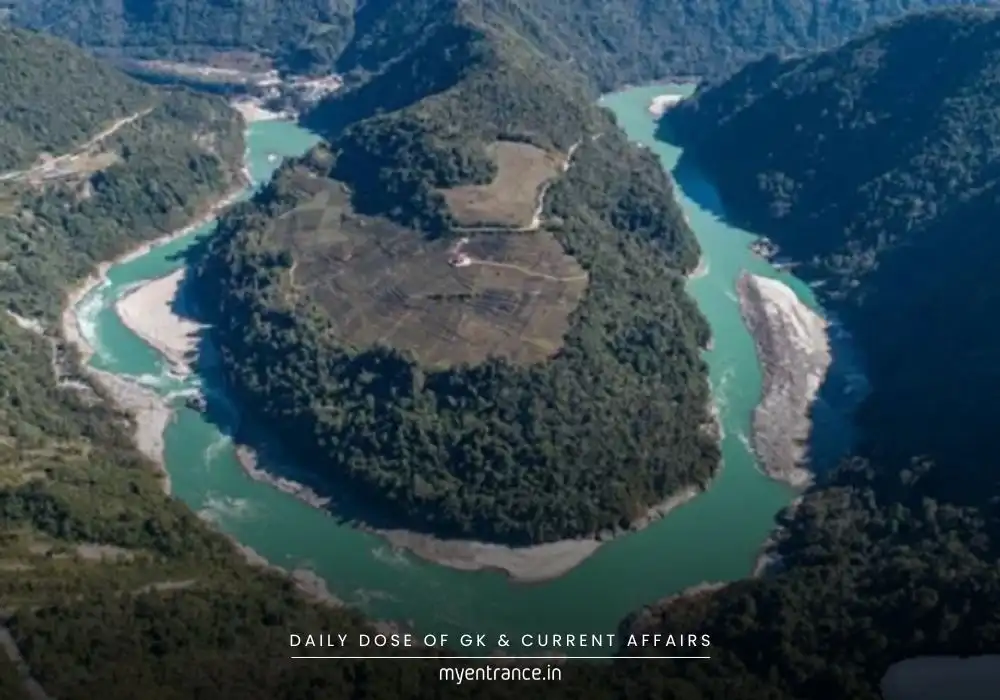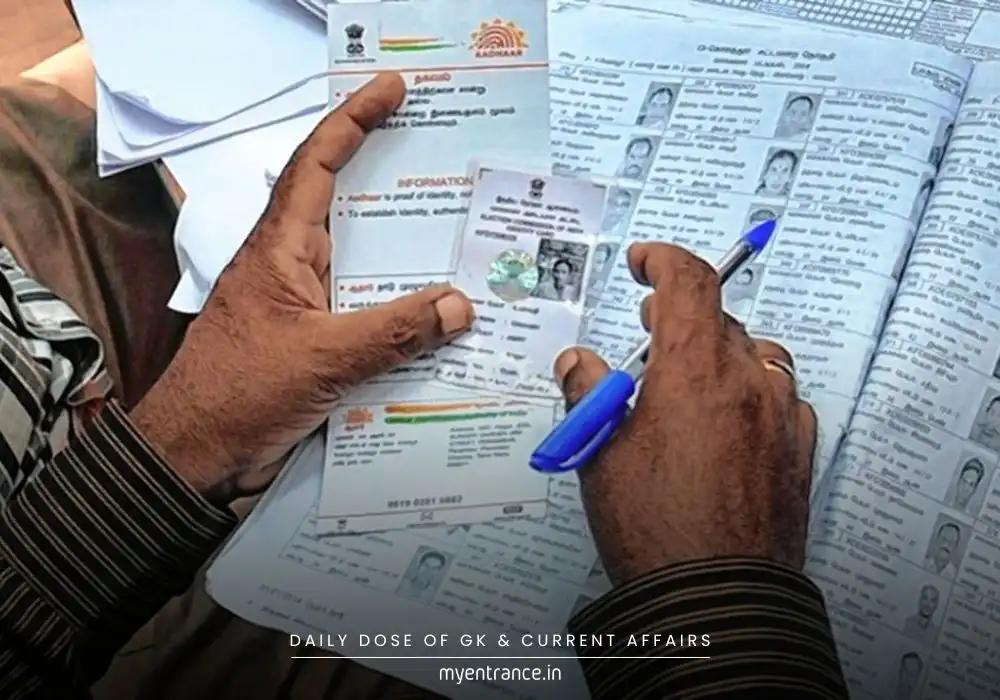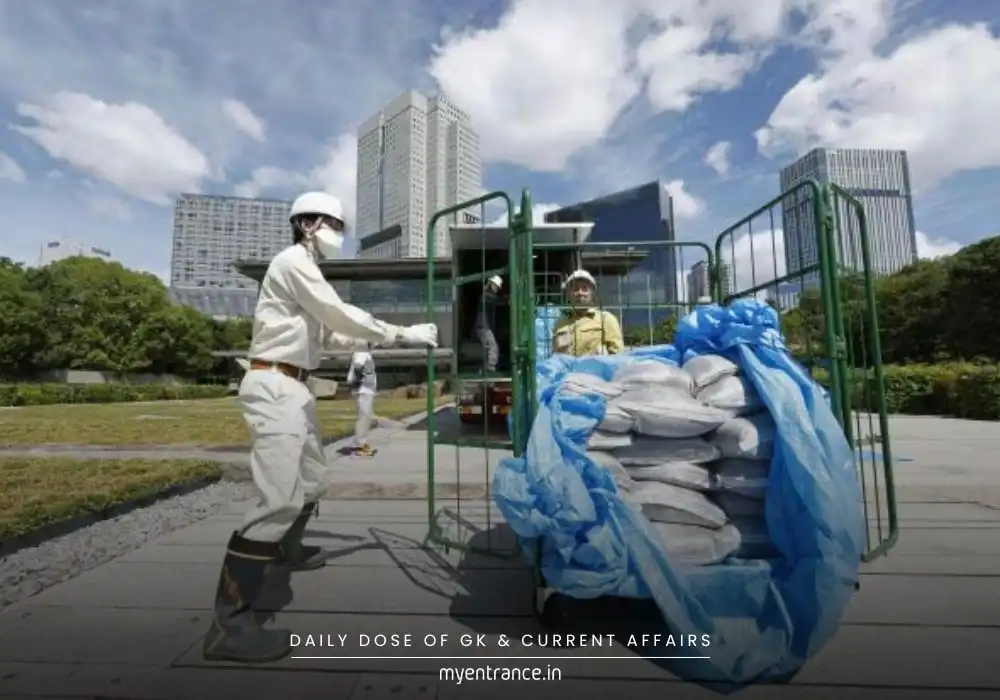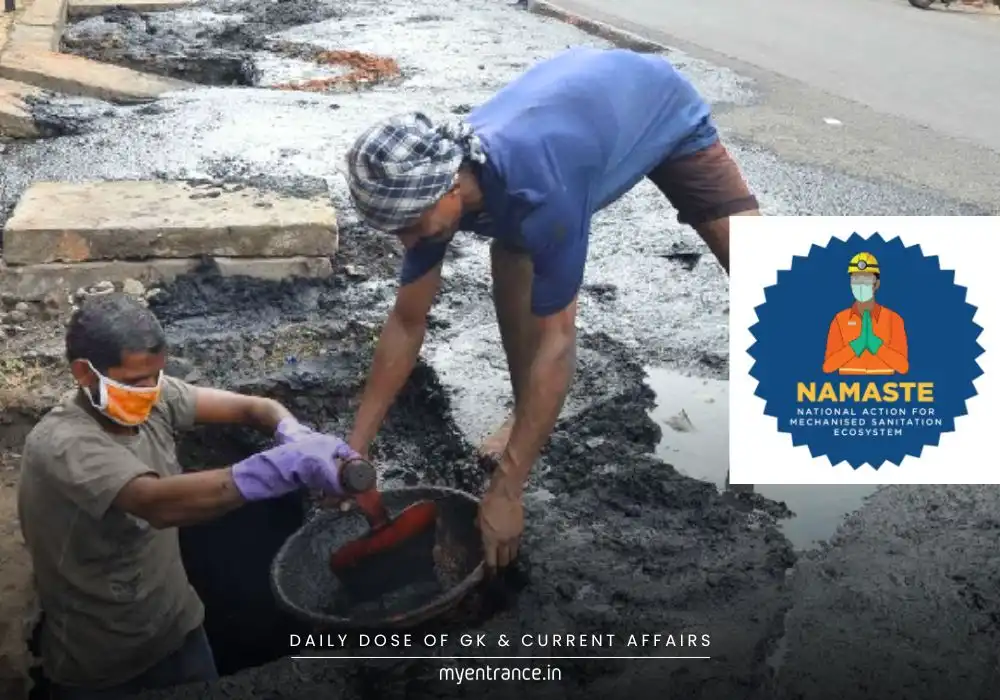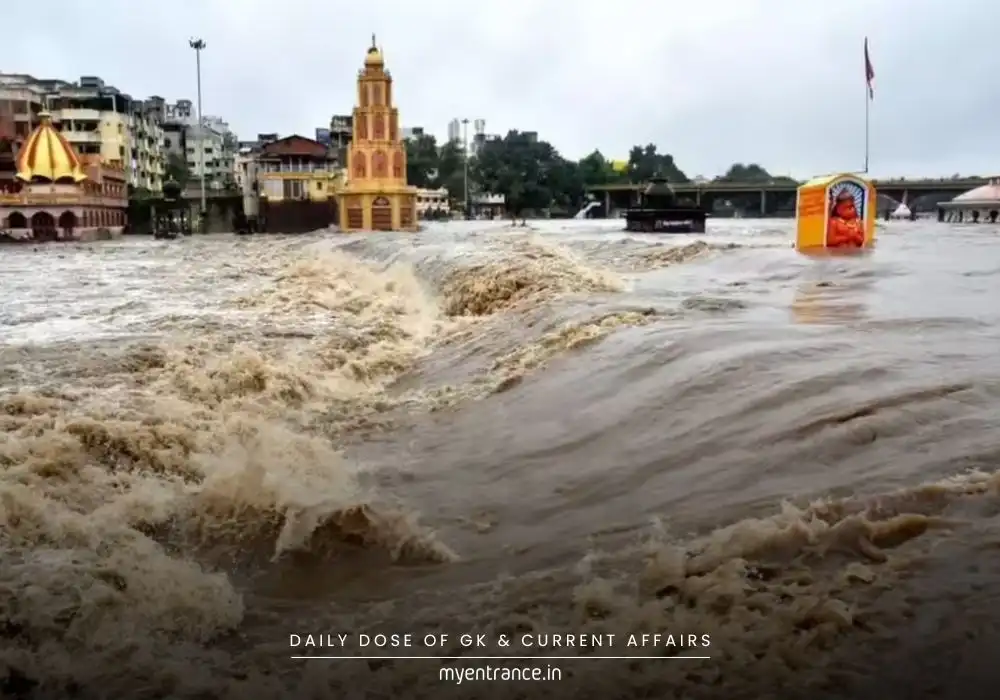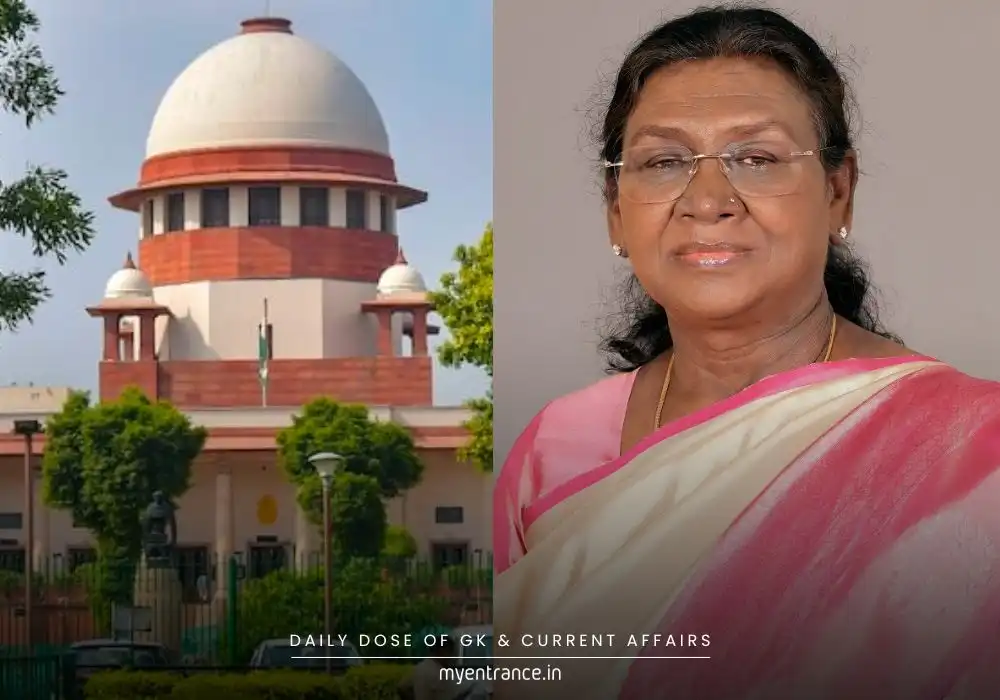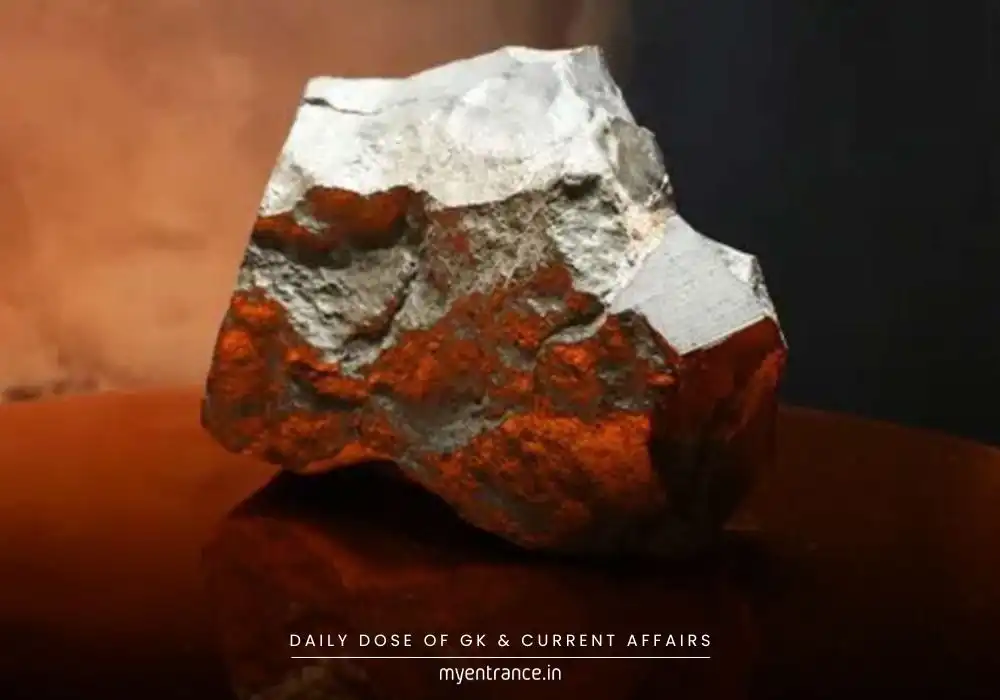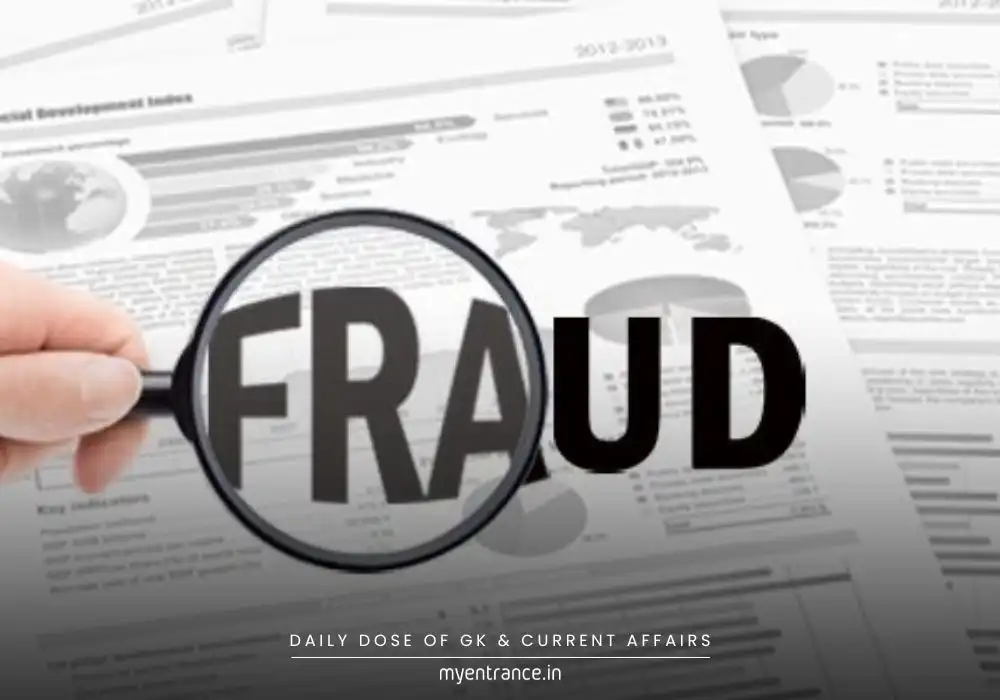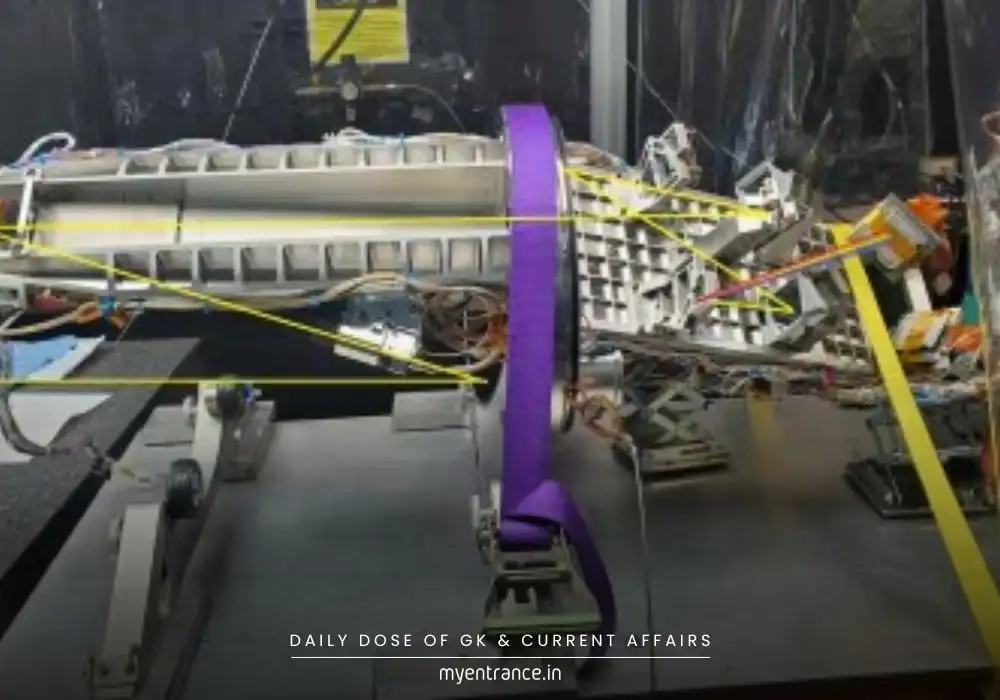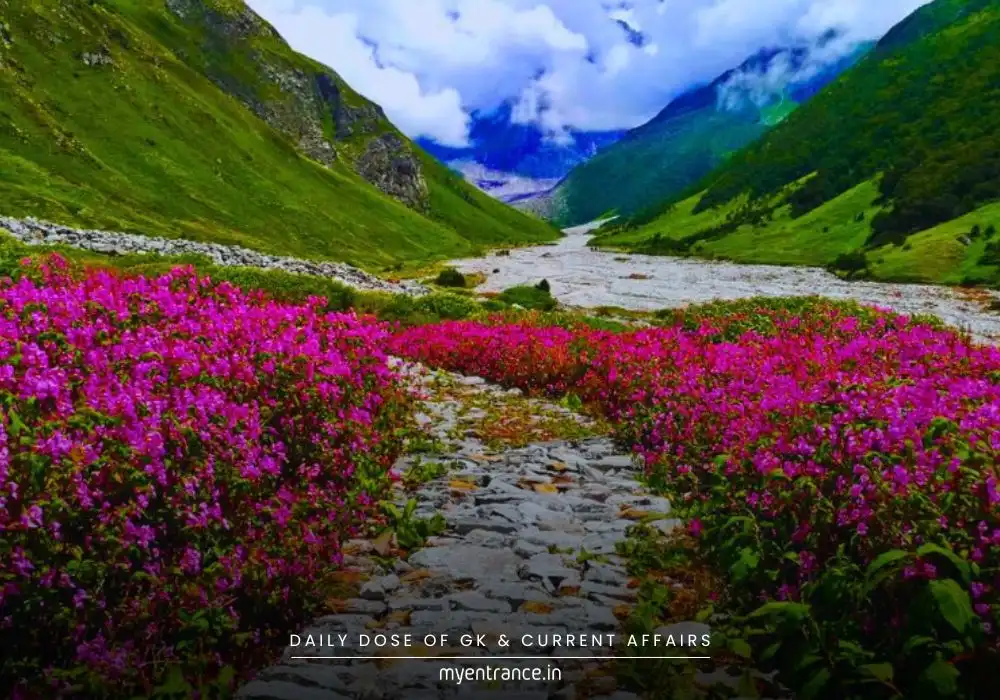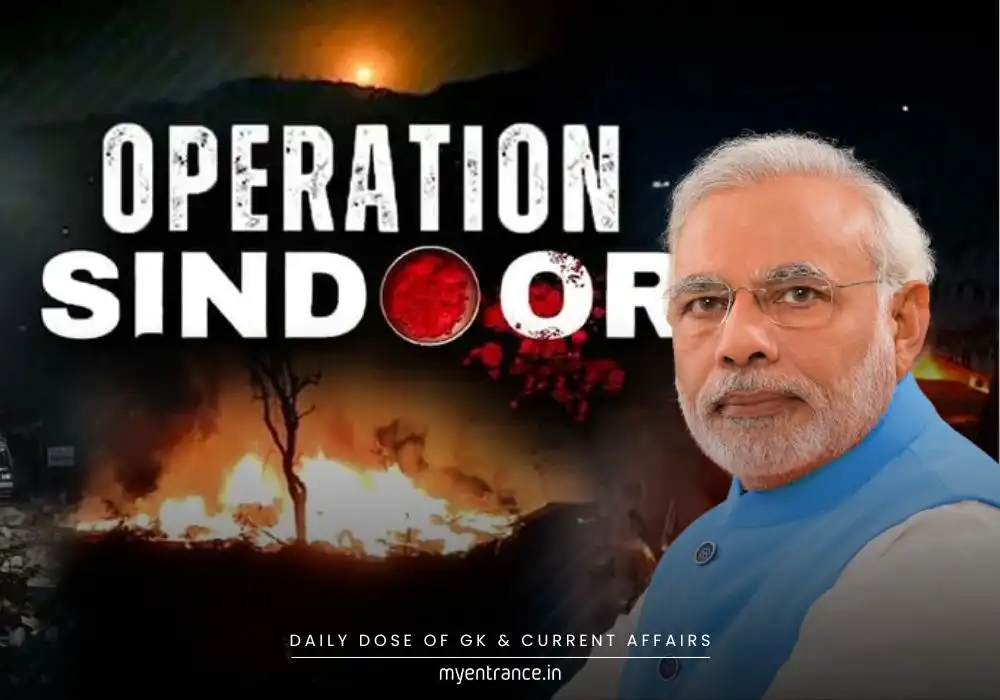Select Language
Can Melting Glaciers Trigger More Volcanic Eruptions?
Climate change isn’t just raising sea levels—it might also awaken dormant volcanoes. A 2025 study warns that melting glaciers reduce pressure on magma chambers, increasing eruption risks. This phenomenon, critical for exams like UPSC and state PSCs, connects environmental science with geology.
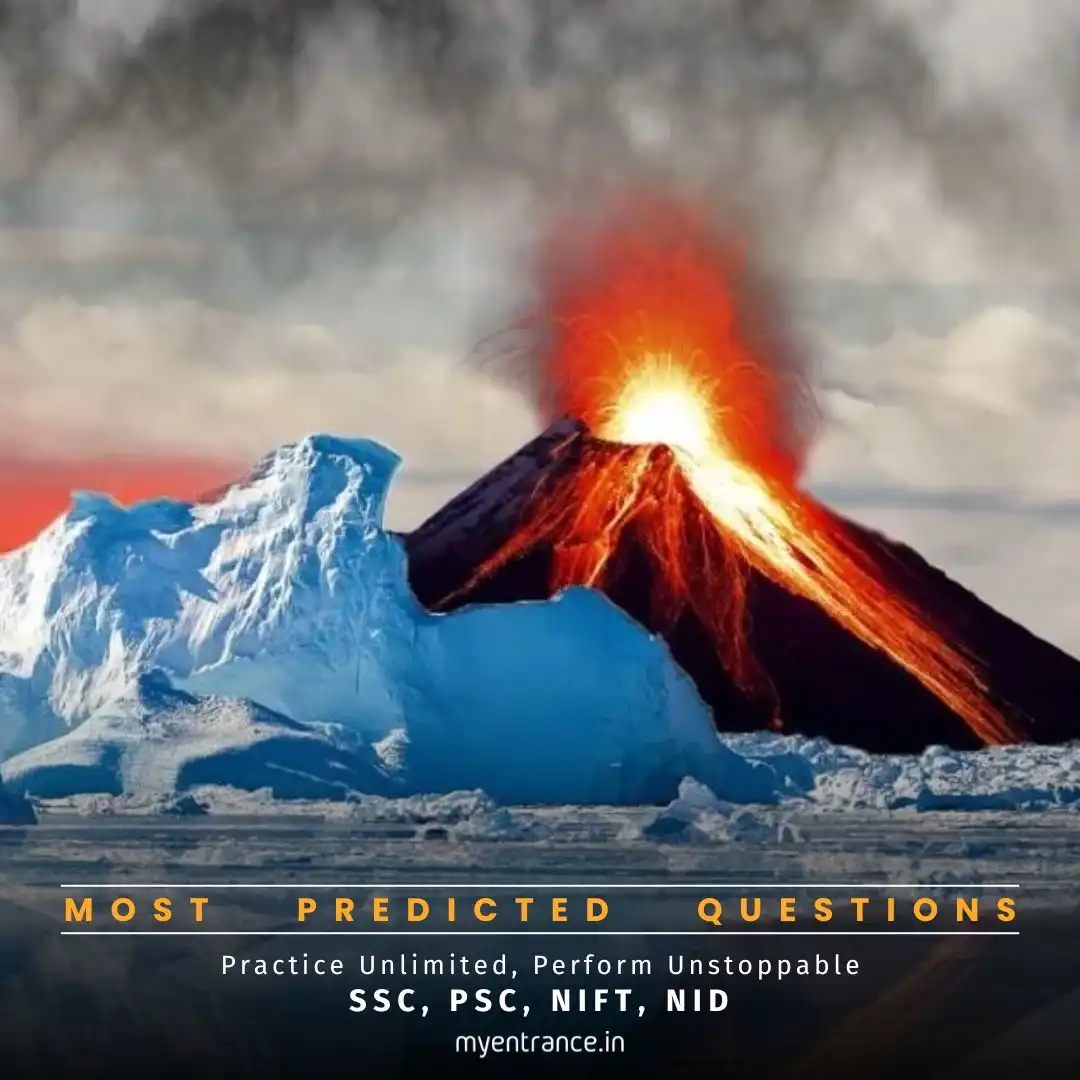
Key Insights: Melting Glaciers & Volcanic Eruptions
1. The Science Behind the Link
Isostatic Rebound: When ice melts, Earth’s crust “rebounds,” destabilizing magma chambers.
Pressure Release: Thick ice suppresses eruptions; its removal allows magma and gases to expand, causing explosions.
Historical Proof: Iceland’s volcanic activity spiked 30–50 times during past deglaciation periods.
2. High-Risk Zones
West Antarctica: Home to ~100 ice-buried volcanoes at risk as temperatures rise.
Other Vulnerable Regions: Parts of North America, New Zealand, and Russia.
3. Climate Feedback Loop
Short-Term Cooling: Eruptions release sulfur dioxide, forming sun-blocking aerosols.
Long-Term Warming: Increased CO₂ from eruptions may offset cooling over time.
4. Study Highlights
Presented at Goldschmidt Conference 2025 (Prague).
Chile’s Mocho Choshuenco volcano showed suppressed eruptions under ice, followed by explosive activity post-melting.
Sample Q&A for Competitive Exams
Q1: How does glacial melting trigger volcanic eruptions?
A: Reduced ice weight decreases pressure on magma chambers, allowing gases and magma to expand, leading to eruptions.
Q2: Which region faces the highest volcanic risk due to ice loss?
A: West Antarctica, with ~100 subglacial volcanoes.
Q3: What is isostatic rebound?
A: The rise of landmasses after ice melts, reducing pressure on tectonic plates and magma reservoirs.
Q4: How do volcanic eruptions temporarily cool the climate?
A: Sulfur dioxide forms reflective aerosols in the stratosphere, blocking sunlight.
Q5: Name a historical example linking ice melt to volcanic activity.
A: Iceland’s eruption rates surged 30–50 times after the last ice age (~15,000 years ago).
Why Is This Important for Exams?
UPSC Prelims: Covers “Current Events” and “Environmental Degradation.”
Mains (GS II/III): Links climate change, geology, and disaster management.
SSC/PSC: Environmental science sections often include climate-geology interactions.
NID/NIFT/FDDI: General awareness rounds may feature climate-related questions.
Get 3 Months Free Access for SSC, PSC, NIFT & NID
Boost your exam prep!
Use offer code WELCOME28 to get 3 months free subscription. Start preparing today!
